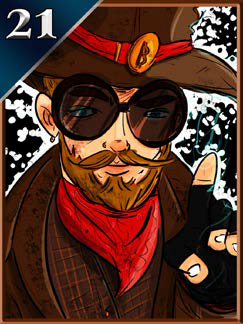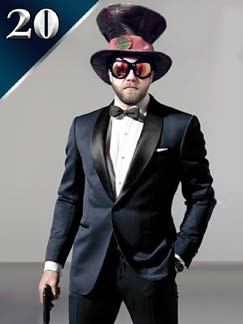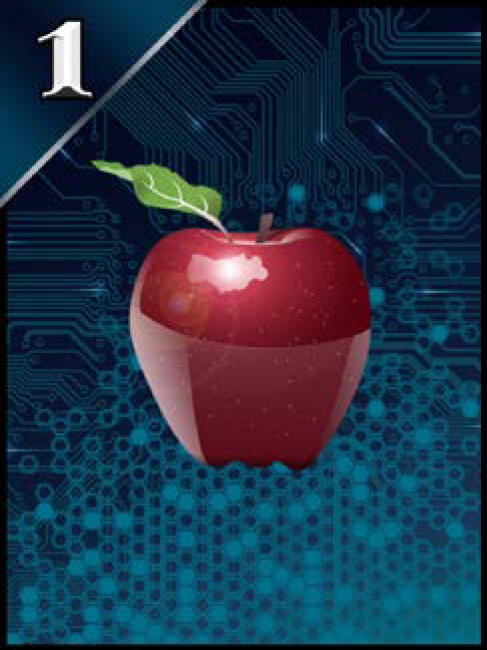“The theme of my life has been moving from analog to digital. We started with cassette tapes and film cameras, which became MP3s and JPEGs. It only makes sense that we now collect art in the same way – digitally.”
In May 2017, there were no art NFTs on the Ethereum blockchain. Sure, there were Spells of Genesis and Rare Pepes, but they were on Counterparty. On Ethereum? Nothing. So, when Rhett Creighton created the code for Curio Cards, he started from scratch; there were no standards on which to base the NFTs. Even the word NFT wouldn’t be coined until a few years later. The company would go out of business, but the collectibles it created would endure.
Thomas Hunt was still working a regular job in 2013 when he discovered Bitcoin. After that, his goal was simple: make a daily entertaining YouTube show singing the praises of Bitcoin. At the time, no one was talking about Bitcoin, especially not in a fun manner. Thomas created daily shows, eventually creating more than 600 episodes. When Bitcoin entered a bear market in 2015, Mad Bitcoins reassured his audience he still believed in Bitcoin, but the revolution wouldn’t happen overnight. Thomas moved to San Francisco and worked for early Bitcoin startups, mainly doing marketing, but none were really the right fit. He vowed to be in charge at the next company he worked for.
Like many other Silicon Valley companies, Curio Cards started with a Minimal Viable Product and a dream. Thomas met Travis Uhrig at the San Francisco Bitcoin meetup and shared a love for Bitcoin and collectibles. Based on their childhood collections, they created a series of 30 unique collectibles designed by seven artists. The ‘cards’ were signatures on the Ethereum blockchain, sold from ‘vending machines’ that would allow anyone to send Ethereum and receive a Curio Card. At the time, the cards sold for $1. Some cards sold but not enough to keep the company going. The vending machines were left abandoned, but full of cards. The founders would move on to other projects.
Four years later, several NFT fans began looking at the blockchain for older NFTs. One of them, @HarryBTC, found the original BitcoinTalk post and vending machines. Rather than keeping all the cards, Harry posted on Twitter about his discovery. A community quickly formed around the cards and created a ‘wrapper’ to allow them to be sold on OpenSea. A few months later, a complete set of Curio Cards sold at Christie’s for $1 Million. The rest, as they say, is history.
Mad Bitcoins smiles: “The theme of my life has been moving from analog to digital. We started with cassette tapes and film cameras, which became MP3s and JPEGs. It only makes sense that we now collect art in the same way – digitally.”




